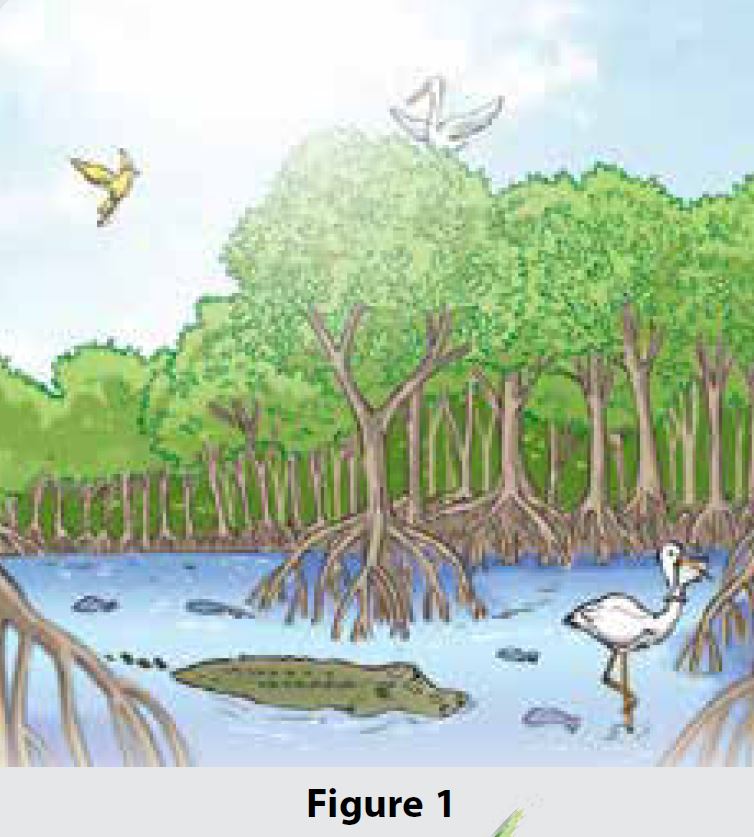Figure 1 shows a mangrove swamp ecosystem which has experienced adverse effects because of the water pollution.

(a) State the plant classification for mangrove swamps based on their habitat.
(b) State the problems faced by the plants in the mangrove swamp and explain the adaptive features to overcome the problems.
(c) Oil spills have adverse effects on the growth of mangrove trees. Predict what will happen to the mangrove trees. Explain your answer.
(d) In your opinion, can mangrove trees live in a freshwater habitat? Give reasons for your answer.
Answer:
(a)
Halophytes.
(b)
Problems and adaptations of mangrove trees:
• Live in soft and muddy soil. To overcome this problem, the root of the mangrove trees branches widely to give support.
• Water-retaining soil and low oxygen content. Mangrove trees have respiratory roots that grow vertically upwards above the soil surface called pneumatophores. On these roots, there are many pores called lenticels to enable the exchange of gases with the atmosphere.
• Receive high intensity of sunlight. Leaves covered with cuticle and embedded stoma to reduce water loss to the environment.
(c)
Oil will make the lenticels clog up, causes the death of the mangrove trees because of not receiving enough oxygen supply for the roots to carry out respiration.
(d)
Mangrove trees can live in freshwater habitats. Mangrove trees do not need salty water to survive.